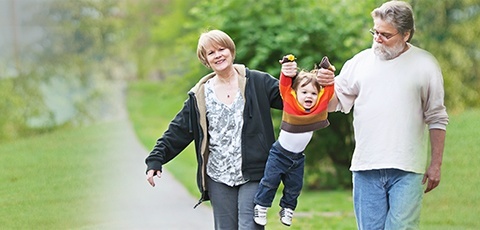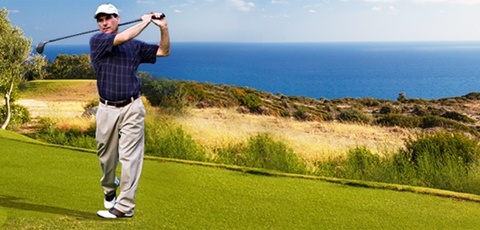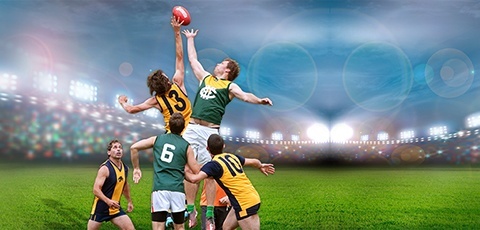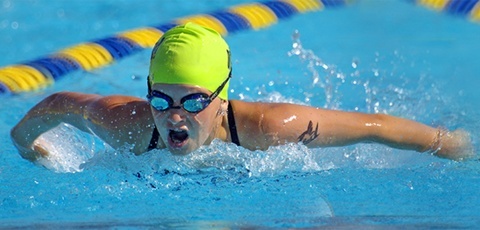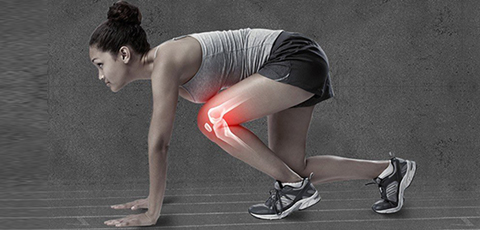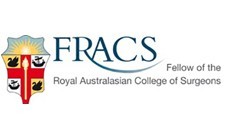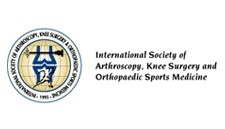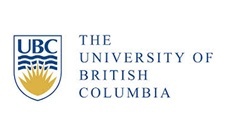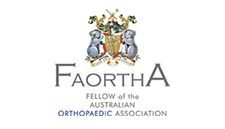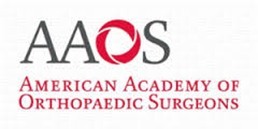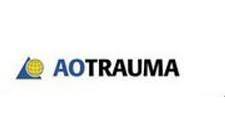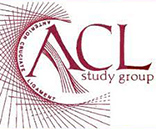Anterior Cruciate Ligament (ACL) Tears
The anterior cruciate ligament, or ACL, is one of the major ligaments of the knee that is located in the middle of the knee and runs from the femur (thigh bone) to the tibia (shin bone). It prevents the tibia from sliding out in front of the femur. Together with posterior cruciate ligament (PCL) it provides rotational stability to the knee.
An ACL injury is a sports related injury that occur when the knee is forcefully twisted or hyperextended. An ACL tear usually occurs with an abrupt directional change with the foot fixed on the ground or when the deceleration force crosses the knee. Changing direction rapidly, stopping suddenly, slowing down while running, landing from a jump incorrectly, and direct contact or collision, can also cause injury to the ACL.
When you injure your ACL, you might hear a "popping" sound and you may feel as though the knee has given out. Within the first two hours after injury, your knee will swell and you may have a buckling sensation in the knee during twisting movements.
Diagnosis of an ACL tear is made by knowing your symptoms, medical history, performing a physical examination of the knee, and performing other diagnostic tests such as X-rays, MRI scans, stress tests of the ligament, and arthroscopy.
Treatment options include both non-surgical and surgical methods. If the overall stability of the knee is intact, your doctor may recommend nonsurgical methods. Non-surgical treatment consists of rest, ice, compression, and elevation (RICE protocol); all assist in controlling pain and swelling. Physical therapy may be recommended to improve knee motion and strength. A knee brace may be needed to help immobilize your knee.
Young athletes involved in pivoting sports will most likely require surgery to safely return to sports. The usual surgery for an ACL tear is an ACL reconstruction which tightens your knee and restores its stability. Surgery to reconstruct an ACL is done with an arthroscope using small incisions. Your doctor will replace the torn ligament with a tissue graft that can be obtained from your knee (patellar tendon) or hamstring muscle. Following ACL reconstruction, a rehabilitation program is started to help you to resume a wider range of activities.
Anterior Cruciate Ligament Tear in Children
Anterior cruciate ligament (ACL) injuries are more common in growing athletes. Moreover, teenage girls are more likely to injure their ACL than the teenage boys. The cause for this may be differences in anatomy, muscle strength, coordination and hormones. The treatment of ACL tear in children is more difficult than in adult’s. This is because of fear of damaging the growth plate, present in bone ends above and below the knee in children. Traditionally ACL reconstruction involves drilling holes in the bone through the area of the growth plate. In a growing child, the growth plates will be open. Therefore other treatment options, especially physeal-sparing surgery, an ACL reconstruction that avoids drilling holes through the growth plate may be recommended.
You may need to discuss with your doctor about the treatment options available before you make a decision that you and your child will be comfortable with.
Other Knee Conditions
Knee Joint
- Knee Pain
- Meniscal Tears
- Chondral (Articular Cartilage) Defects
- Knee Arthritis
- Baker's Cyst
- Osteochondritis Dissecans
- Osteonecrosis of the Knee
- Knee Angular Deformities (Knock legs and Bow legs)
Ligament Injuries
- Ligament Injuries
- Anterior Cruciate Ligament (ACL) Tears
- Medical Collateral Ligament Tears (MCL)
- Posterior Cruciate Ligament Injuries
- Multi-Ligament Injuries
Patellofemoral Joint
- Patellar Dislocation
- Patellofemoral Instability Knee
- Anterior Knee Pain
- Runner's Knee
- Osgood Schlatter's
- Chondromalacia Patella
- Patellar Tendinitis
- Lateral Patellar Compression Syndrome










